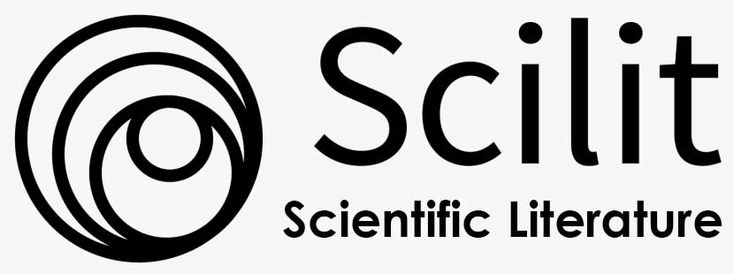DECREASE CLUBROOT DISEASE INTENSITY OF Brassica juncea ON Pb CONTAMINATED SOIL USING Paraserianthes falcataria THAT WAS INFECTED BY Mycorrhizal
Abstract
Both, biotic and abiotic factor is the most important problem for agriculture in Indonesia. Biotic factor such as plant disease could decrease yield till more than 50%, while abiotic factor such as soil contamination could decrease yield till more than 30%. One of choice to overcome this problem is using bio-phytoremediation method. This method combine remediation using plant (phytoremediation) and remediation using microbe (bio remediation). This study was aimed to determine the effects of bio-phytotemediation method using Paraserianthes falcataria which infected by mycorrhizal fungi to overcome Phytophthora brassicae, the main clubroot disease on Brassica juncea, in Pb contaminated soil. We also aimed to know the influence of the method to absorb soil Pb using Paraserianthes falcataria. The research was conducted in the Mycology Faculty of Agriculture, University of Brawijaya from March to October 2015. The research used Completely Randomized Design with 6 treatments and 4 replications. Parameter observation in this research were: 1) Intensity of clubroot disease; 2) Growth of B. juncea; 3) Population of mycorrhizal spores in soil, 4) Mycorrhizal infection inside plant cell; and 4) Pb content of soil and plant tissues. The results was showed that mycorrhizal has significantly effects to decrease clubroot disease intensity. But, mycorrhizal has no significantly effect to the plant growth, including stem length and leaves number. The number of mycorrhizal spores in the soil after 35 days application was increases, and the percentage of infection in the roots of B. juncea and P. falcataria was fluctuated. The application of mycorrhizal can decrease Pb content in the soil and increase Pb content in P. falcataria.
Full Text:
PDFReferences
Aprilia, D.D., dan K.I. Purwani. 2013. Pengaruh Pemberian Mikoriza Glomus fasciculatum terhadap Akumulasi Logam Timbal (Pb) pada Tanaman Euphorbia milii. Jurnal Sains dan Seni Pomits. 2 (1): 79-83.
Bjorling, O. 2013. Plasmodiophora brassicae – host and environment interactions. Swedish University of Agriculture Sciences. Uppsala.
Cicu. 2005. Penekanan Penyakit Akar Gada pada Tanaman Kubis melalui Perlakuan Tanah Pembibitan. J. Hort. 5 (1): 58-66.
Hajoeningtijas, O.D., dan G.P. Budi. 2005. Efektivitas Fungi Mikoriza Arbuskula sebagai Alternatif Pengendali Penyakit Akar Gada (Plasmodiophora brassicae Worr.) pada Tanaman Caisin (Brassicae campestris L.). Fakultas Pertanian Universitas Muhammadiyah Purwokerto. Purwokerto.
Husna, F.D. Tuheteru, dan Mahfudz. 2007. Mycorhiza Application to Support Growth of Teak in Muna. Jurnal Info Teknis. 5 (1): 1-4.
Kadir, A. 2014. Pengaruh Variasi Jarak Tanam dan Pupuk Organik Padat terhadap Pertumbuhan dan Hasil Tanaman Sawi Hijau (Brassica juncea L.). Fakultas Pertanian Universitas Negeri Gorontalo. Gorontalo.
Mangkoedihardjo, S., Surahmaida, C. Margareth, dan Y. Ludang. 2008. Sistem Loop Pemulihan Tanah Tercemar Timbal menggunakan Proses Bioaugmentasi Kompos dan Fitoremediasi Tanaman Jarak Pagar. ITS. Surabaya.
Nurhayati. 2012. Infektivitas Mikoriza pada berbagai Jenis Tanaman Inang dan beberapa Jenis Sumber Inokulum. J. Floratek. 7: 25-31.
Rossiana, N. 2007. Penurunan Kandungan Logam Berat dan Pertumbuhan Tanaman Sengon (Paraserianthes falcataria L (Nielsen) Bermikoriza dalam Medium Limbah Lumpur Minyak Hasil Estraksi. FMIPA Universitas Padjadjaran. Bandung.
Sastrahidayat, I.R. 2011. Fitopatologi. Universitas Brawijaya Press. Malang. 282 hal.
DOI: http://dx.doi.org/10.21776/ub.jeest.2016.003.01.8
Refbacks
- There are currently no refbacks.

This work is licensed under a Creative Commons Attribution 4.0 International License.







